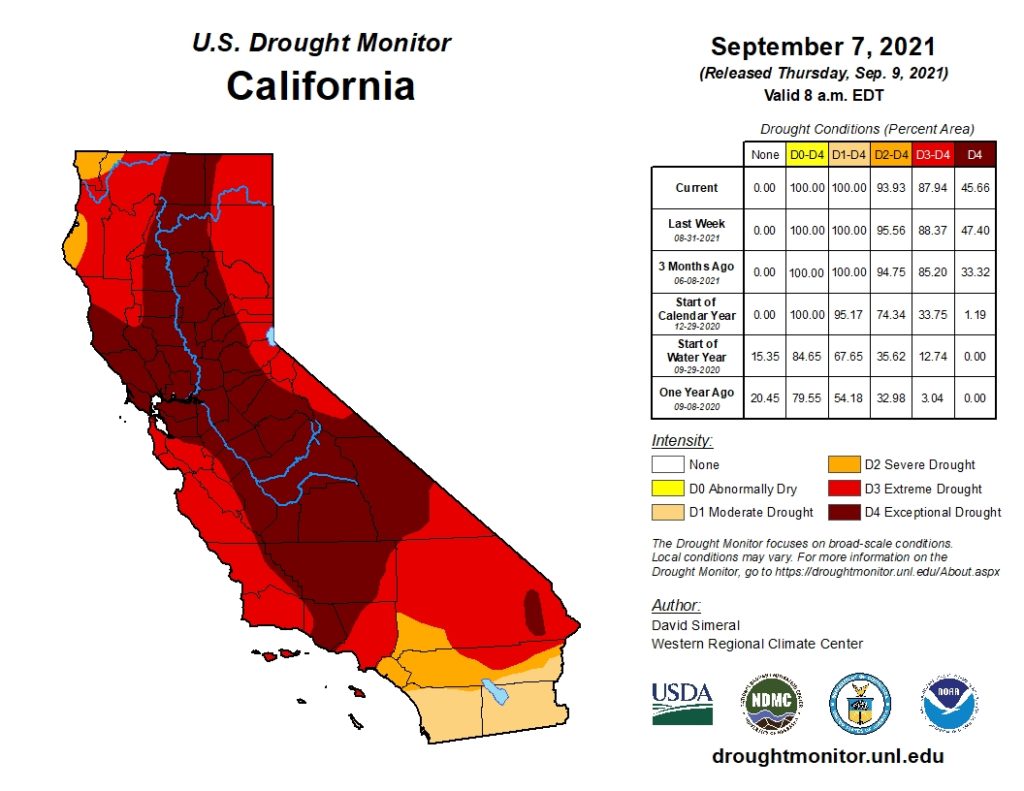Flows To Bay is launching a pilot rain barrel program to encourage County residents and businesses to save money and water by offering low-cost, high-quality 50-gallon rain barrels. Flows To Bay is a program of the City/County Association of Governments of San Mateo County (C/CAG). Through the stormwater program, C/CAG helps fund the countywide rain barrel rebate program in partnership with the Bay Area Water Supply & Conservation Agency (BAWSCA) and member water agencies.
California is experiencing ongoing drought conditions, and San Mateo County is included in the declared State of Emergency. In July, Governor Newsom issued an executive order asking all Californians to voluntarily reduce their water use by 15% compared to 2020 levels. While there are currently no mandatory water use restrictions or drought surcharges in effect, Flows To Bay wants to increase the use of rain barrels as a low-cost, easy to maintain, and effective water capture and conservation strategy.
By capturing rainwater during the upcoming wet winter months, rain barrels help cut back potable water used for irrigation and can help mitigate future drought conditions by providing storage for drier months. For every inch of rain that falls on a 500 square foot roof area, a rain barrel can collect 310 gallons. With an average annual rainfall of 25 inches in San Mateo County, the savings can add up!
“This program is an important step toward conserving and protecting clean water in our community. Rainwater is a precious resource, and we have to start treating it like one.”
Marie Chuang, Chair of the C/CAG Board of Directors and Councilmember, Town of Hillsborough
Partnering with Rain Water Solutions to acquire barrels in bulk directly from the manufacturer allows Flows To Bay to offer barrels at $80 each (pre-tax)—a significantly reduced price below the retail amount—making installing a rain barrel at home a much easier and more accessible option for anyone living in San Mateo County. Qualifying applicants can also apply for the countywide rebate, further reducing the unit price for all residents. With the discount and rebate program, residents in BAWSCA participating member agency service areas could essentially receive a rain barrel for free. Learn how much of a rebate your qualify for here.
Beyond the water conservation and financial benefits, capturing rainwater also improves the water quality of our local creeks, the San Francisco Bay, and the Pacific Ocean. Rainfall funnels into streets, collecting urban pollutants from all surfaces, including roofs. These pollutants then flow into storm drains and nearby waterways without treatment. Runoff is the number one source of pollution in our waterways nationwide.
“Preventing rainwater from flowing off properties and into the streets and storm drains is a win-win environmental strategy for restoring the health of our coastal waters,” said Reid Bogert, C/CAG Stormwater Program Specialist.
“While our cities are doing a lot to prevent pollution, residents can join the cause one barrel at a time to manage rainwater on their properties. A single rain barrel is small in scale compared to the amount of rain San Mateo County receives in a wet season. Still, if everyone is empowered to help restore our coastal environments, the cumulative impact will be considerable.”
Order rain barrels now through October 31, 2021 or until supplies last. After being purchased, rain barrels can be picked up at the distribution event on Saturday, November 13th, at the City of San Mateo Public Works Department located at 1949 Pacific Blvd, San Mateo, CA 94403, from 9 am to 12 pm.
